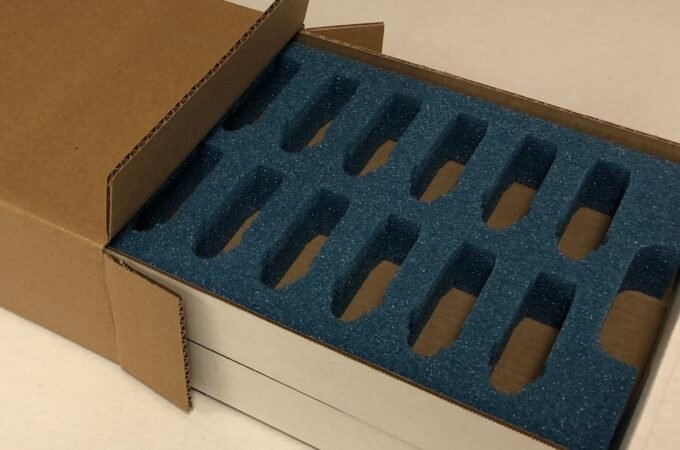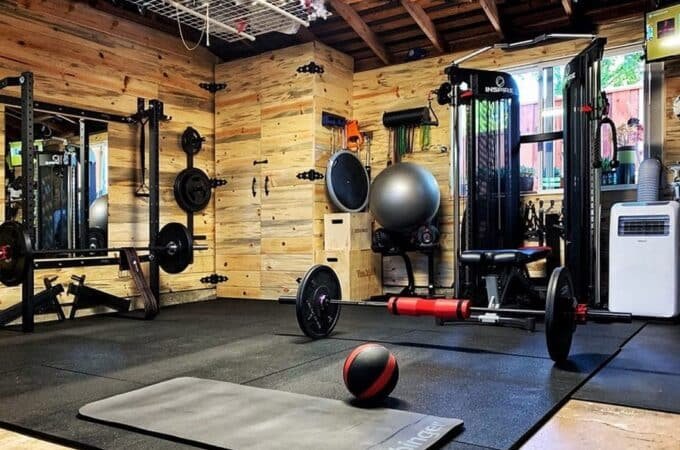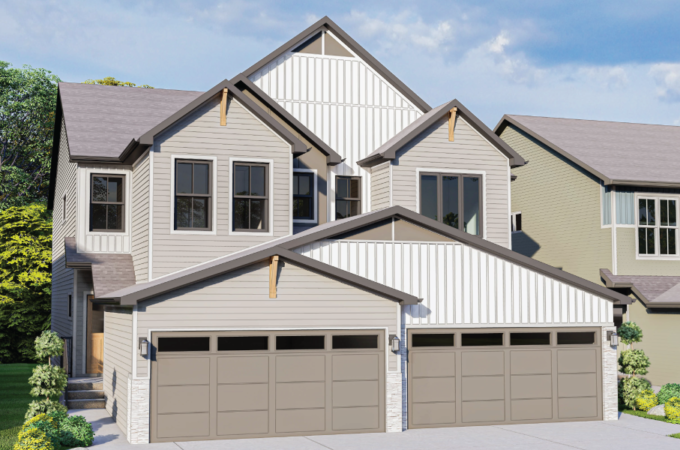
What to Know When Remodeling a Home in Hawaii
You bought your dream home in Hawaii several years ago. You’ve settled in, built relationships with the neighbors and within the community, and you’re loving every minute of it. But then you notice that the floors of your home could use a little bit of an update. Maybe you would like to add a back bedroom, or the kitchen needs an overhaul to make it energy efficient as well as beautiful. Before you start flipping through home renovation magazines and scrolling through Pinterest for inspiration, make a plan for what you want, and then begin your research into how to remodel a home in Hawaii.
Behind the scenes
First you need to decide what projects you’re going to focus on for this round of development. While it can be tempting to jump right in and complete multiple projects at once, unless you’re doing something that can affect more than one area of the house at a time (such as rewiring or updating all of the plumbing), pick one project and then move on to the next when finished. Once you’ve made that decision, work with a contractor or architect to go over the plans for your project. Starting with a clear and concise plan can help mitigate confusion during construction and general mistakes, thus saving you time and money in the long run. With their help, you can get practical advice on everything from zoning laws to the best appliances.
As Hawaii has some of the strictest zoning laws, a professional opinion can be invaluable. Of the over four million acres of land in Hawaii, only five percent of it is designated as urban, meaning residential areas can be built upon it. In other words, building space is limited. You may need to have surveys done to your property to ensure that you get the proper permits to build, and in some cases you’ll need special permits. These vary from island to island, so be sure to work with your local government to make sure you’re within code at all times.
Renovation costs can also vary depending on what you want done, the labor it will take to do it, and where you are. After factoring in room basics like electricity and sometimes water, then all the extras like home decor and paint, you could be left with a figure at the very top of your budget. If you feel you could get a better quote elsewhere, don’t be afraid to shop around. It’s also beneficial to talk to several different contractors or architects, as they may have a better understanding of the local laws. For example, whether or not you’ll be too close to the oceanfront. If you have an old home and are renovating it, you may be grandfathered in on past zoning laws. If you tear down the previous home or have another exception to the zoning infrastructure, you may not get to build as big or as grand as you’ve been dreaming.
Time to build
Now that you’ve done the homework, it’s time to build. Keep your expectations realistic and your time table flexible. If you have an outdoor project such as landscaping, progress can be subject to the weather. Indoor undertakings can be delayed due to surprises found within the home. This could be a mold discovery, load bearing beams in awkward spaces, or disagreements about what should go where. Remember that changing your mind on something can mean acquiring new permits or more headaches in the long run if you decide to simply “ask for forgiveness” later.
Take for example restrictions on kitchens. There can be one kitchen for every 5,000 square feet in a home in Hawaii. You may have a kitchen plus a wet bar, but only a kitchen may have an oven. Some people will get the permits to add a wet bar (which is just a refrigerator and sink), and then add in an oven later to split the house and rent the extra “unit.” This can spell trouble for selling the house later on as it won’t be up to code.
This is why it’s important to work with professionals, regardless of the island you’re on. They not only keep track of the bureaucracy aspect of your build, but will be full of knowledge about the smallest details. Even after the fact, if something you’ve chosen for your home starts acting up, they can make suggestions on how to get it fixed. They’ll know about appliance repair in Honolulu or the best place for reupholstery on Maui.
After the dust has settled and the knick-knacks are brought back out, you’ll be able to enjoy all the new things your home has to offer, and all the planning and frenzied activity that took over will have been worth it.






